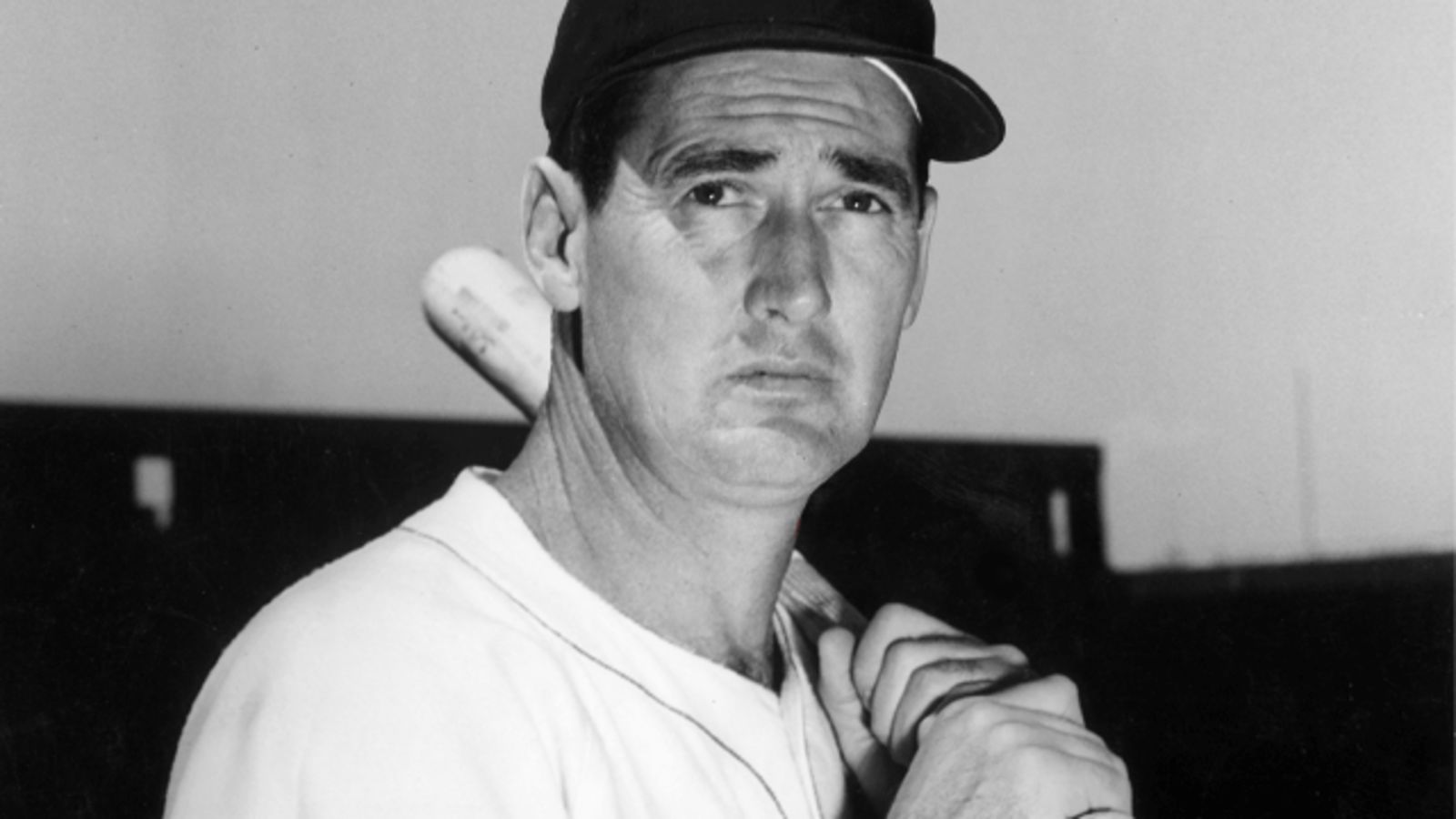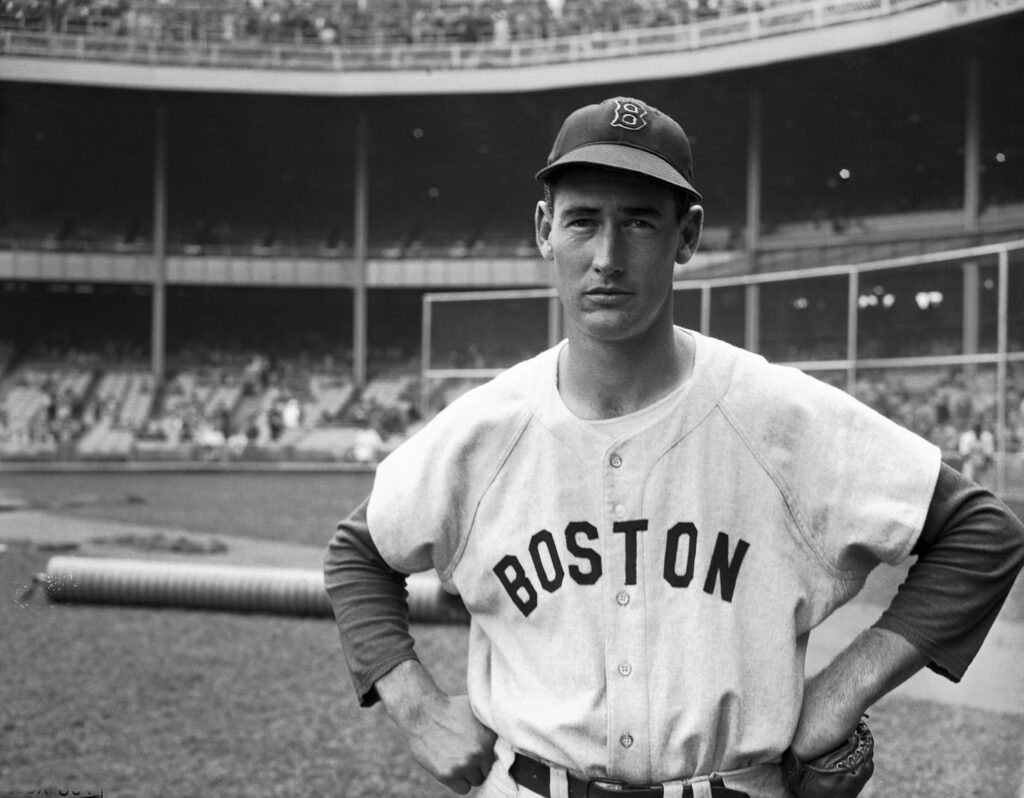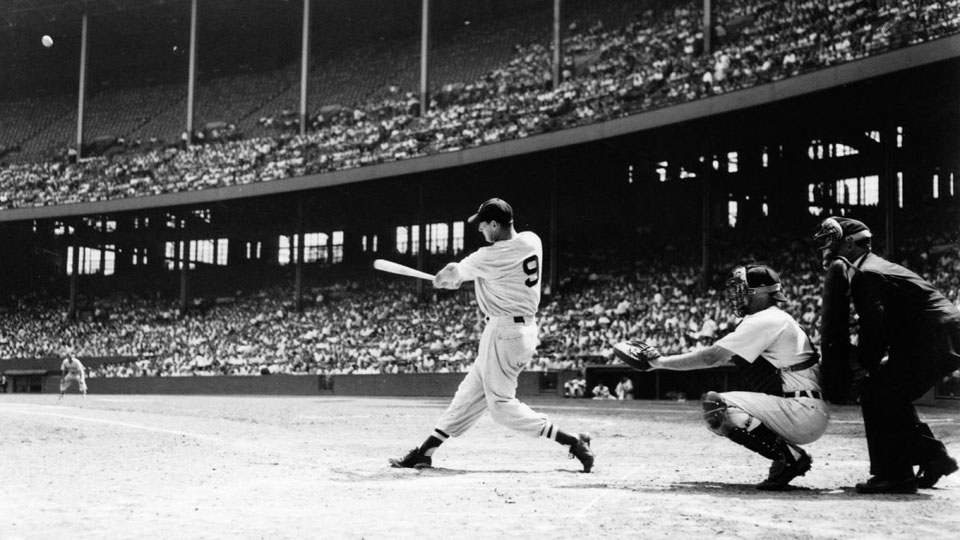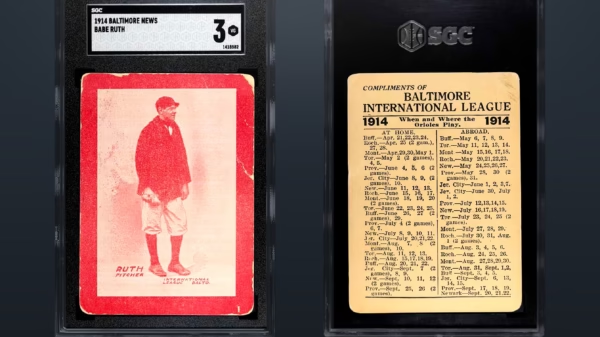Who Was Ted Williams?
Ted Williams, often hailed as one of the greatest baseball players in history, remains a towering figure in the world of sports. Born on August 30, 1918, in San Diego, California, Williams was a gifted athlete who played his entire 19-season Major League Baseball (MLB) career with the Boston Red Sox. Nicknamed “The Splendid Splinter,” Williams boasted an extraordinary .344 lifetime batting average and was the last player to hit over .400 in a season, achieving this feat in 1941. Beyond baseball, Williams served in both World War II and the Korean War as a pilot, further cementing his legacy as an American hero.
The Controversy Surrounding Ted Williams’ Cryonic Preservation
After Ted Williams passed away on July 5, 2002, a startling revelation surfaced—his body had been cryonically preserved at the Alcor Life Extension Foundation in Scottsdale, Arizona. This decision sparked a heated debate among fans, family members, and the media. Cryonics, the practice of freezing individuals after death in the hope of future resuscitation, was a concept steeped in both scientific curiosity and ethical dilemmas.
What Is Cryonics?
Cryonics involves the freezing of a deceased body or brain at extremely low temperatures, typically around -196°C, using liquid nitrogen. The goal is to preserve the individual until advancements in medical science can potentially reverse death or cure currently incurable diseases. While the concept sounds like science fiction, several organizations, like Alcor, have been working to make it a reality.
The Family Dispute Over Ted Williams’ Body
Ted Williams’ cryonic preservation was not without controversy. His eldest daughter, Bobby-Jo Ferrell, argued that her father had wished to be cremated, pointing to a will signed in 1996 as evidence. However, his son, John Henry Williams, and daughter Claudia claimed that Ted had expressed a desire to be cryonically preserved. They presented a handwritten note allegedly signed by Williams and his children, stating their shared wish to “be put into biostasis after we die.”
This familial rift led to a widely publicized legal battle. Critics questioned the authenticity of the note, while supporters argued it reflected Ted’s forward-thinking mindset. Despite the uproar, Ted Williams’ body remained at Alcor, where it underwent cryonic preservation.
The Process of Ted Williams’ Cryonic Preservation
Cryonic preservation is a meticulous and highly technical process. Upon death, Williams’ body was immediately cooled to slow decomposition. Blood was replaced with a cryoprotectant solution to prevent ice crystal formation, which could damage cells. Finally, his body was stored in a large metal tank filled with liquid nitrogen.
Alcor reportedly faced challenges during the process, including allegations of mishandling and technical errors. These claims raised ethical concerns about the practice of cryonics and its impact on individuals and their families.
Scientific Debate: Is Cryonics Viable?
The scientific community remains divided on the feasibility of cryonics. Proponents argue that rapid advancements in nanotechnology, regenerative medicine, and artificial intelligence could make reanimation a possibility in the distant future. Critics, however, point to the lack of concrete evidence supporting the revival of frozen individuals.
Ethical concerns also loom large. Critics question whether cryonics exploits individuals’ hopes and fears about death and argue that the practice raises philosophical questions about identity, memory, and the definition of life.
Public Reaction to Ted Williams’ Preservation
Ted Williams’ cryonic preservation captivated public attention, sparking debates about mortality, legacy, and scientific boundaries. While some fans viewed it as a testament to his pioneering spirit, others considered it an undignified end for a sports legend.
The controversy also shed light on cryonics as a growing industry. As of today, hundreds of individuals have chosen to undergo cryonic preservation, with many others signing up for the service. Ted Williams’ story remains one of the most high-profile examples, solidifying his place not only in sports history but also in the annals of scientific experimentation.
Legacy: A Legend Frozen in Time
Ted Williams’ cryonic preservation adds a unique dimension to his enduring legacy. As a baseball icon, his records and achievements continue to inspire generations of athletes. As a figure in the cryonics debate, he symbolizes humanity’s relentless quest to overcome the limits of mortality.
Whether one views his decision as visionary or controversial, Ted Williams’ story highlights the intersection of science, ethics, and personal choice. It serves as a reminder that even in death, legends can continue to challenge societal norms and inspire debates about the future.
















